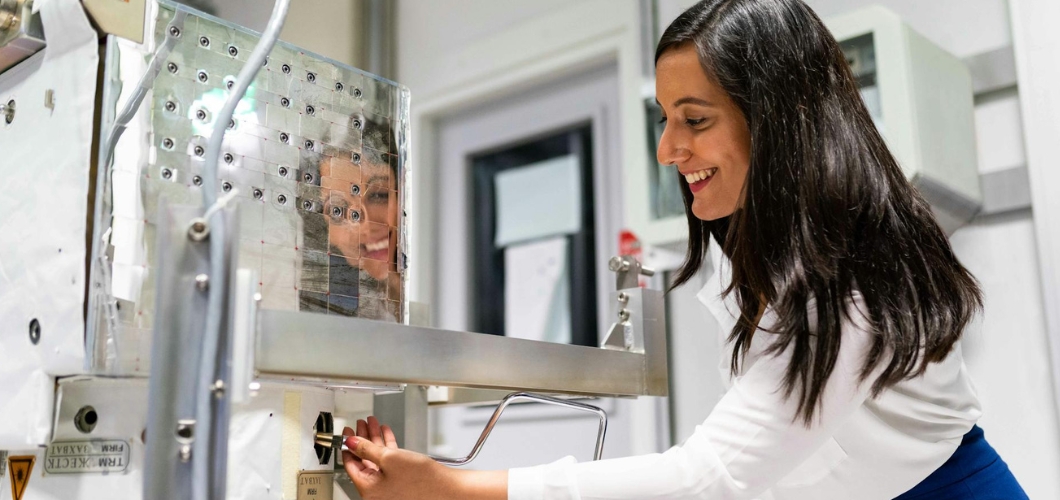Managing public services is extremely difficult in New York City, one of the world’s most populated and intricate cities. To increase operational efficiency and provide better results for citizens, local officials are using automation in everything from garbage management to transportation. Public services could undergo a revolution thanks to automation, which could make them quicker, cheaper, and more adaptable to the changing demands of the city.
Automated Systems for Transportation Simplification
When it comes to incorporating automation into public transportation, the Metropolitan Transportation Authority (MTA) in New York has led the way. New Yorkers are enjoying more dependable bus and subway services due to the automated train control technology and real-time tracking applications. Daily commutes are further accelerated by automated fare collecting, like the OMNY system, which also eliminates bottlenecks and guarantees more smooth operations. These developments not only increase the effectiveness of transit but also lessen traffic jams and the carbon imprint of the city.
Improving Waste Management Using Intelligent Technology
Every day, thousands of tons of waste are produced in New York, and keeping the city clean and healthy depends on effective waste management. With smart trash cans that track fill levels and streamline collection routes, the Department of Sanitation is experimenting with automation. The city can cut down on needless travel, save fuel, and minimize operational expenses while simultaneously offering its citizens prompt waste removal services by examining data on waste generation and collection trends.
Enhancing Emergency Response Through Automation and AI
Additionally, automation is essential to enhancing emergency response services in New York. Emergency services can react to situations faster because of the inclusion of AI-powered dispatch systems. These systems prioritize calls according to urgency and identify the best routes for emergency vehicles using data analysis and machine learning. Additionally, drone technology is being investigated for applications such as fire monitoring and damage assessment during natural disasters, providing first responders with important information before their arrival on the scene.
Using Robotic Process Automation (RPA) to Improve City Operations
The administration of New York City’s back-office activities is being revolutionized by Robotic Process Automation (RPA). To free up employees for more strategic roles, administrative activities like processing permits, addressing public records requests, and managing payroll are being automated. The city is using RPA to speed up regular procedures, reduce paperwork, and reduce manual errors, which enables departments to provide better public service.
Conclusion
The incorporation of automation into New York’s public services is not merely a fad; rather, it is essential for a city that needs to adapt to the demands of contemporary society. Even while there are still obstacles to overcome, the city’s dedication to automation will be fueled by the advantages of greater productivity, lower costs, and better service delivery. The potential for a more intelligent and responsive New York City will increase along with technological advancements.



